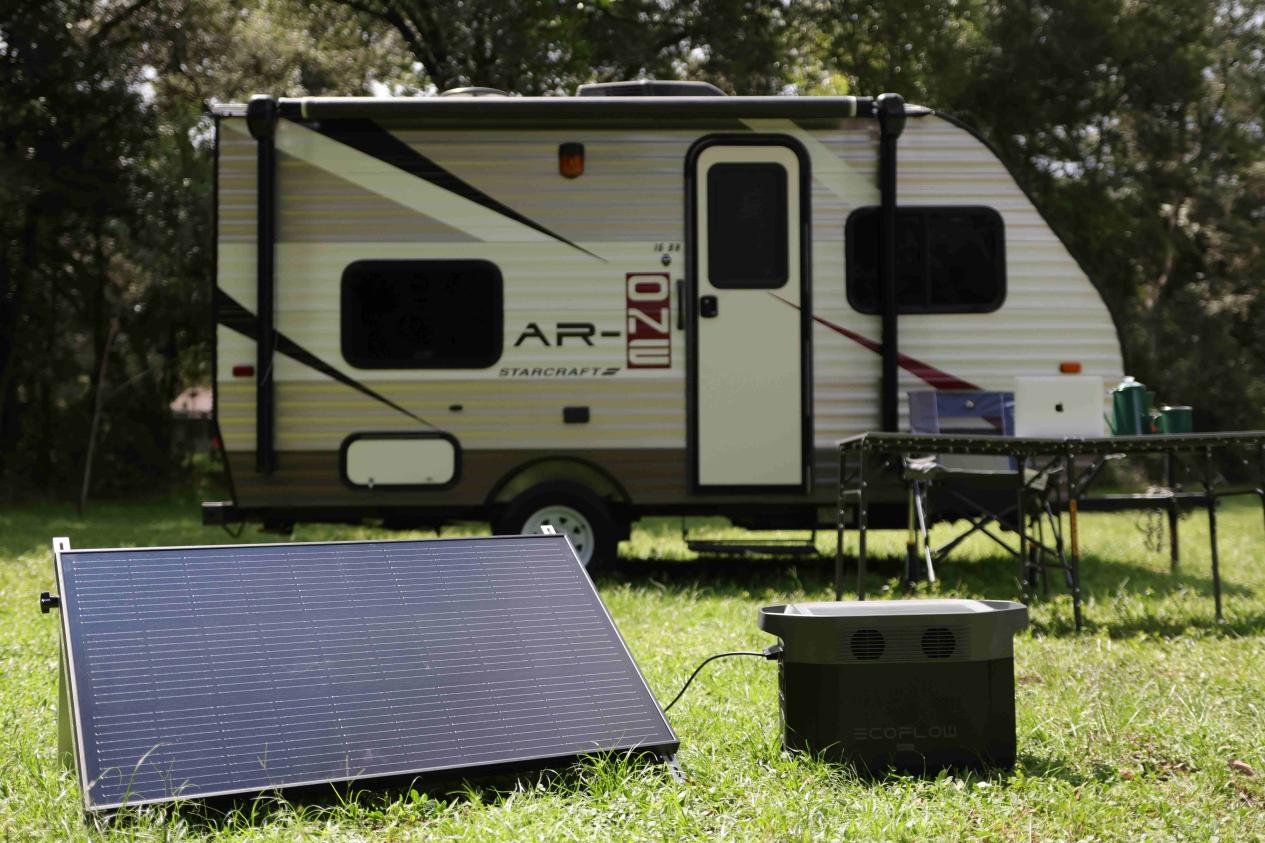What Size Solar Battery Charger for the Boat?
Imagine sailing smoothly on the water, the sun shining down, and your devices charging without a worry in the world. The right solar battery charger makes that possible. It’s not just about keeping your phone charged—it’s about ensuring you have the power you need for your boat’s essentials, no matter how long your trip lasts.
But how do you know what size solar battery charger your boat really needs?
Types of Solar Battery Charger for Boat
Here’s a breakdown of the different types of solar battery chargers:
Type | Description | Ideal Use |
Monocrystalline | Made from a single continuous crystal structure, this type is efficient and space-efficient. Often the most efficient, providing the best performance in direct sunlight. | Boats with limited deck space or for those who need maximum efficiency from limited surface area. |
Polycrystalline | Manufactured from silicon crystals, offering decent efficiency at a lower price point. Slightly less efficient than monocrystalline, but offers value for money. | Boat owners on a budget who need reliable, moderate efficiency. |
Amorphous Silicon | Flexible, thin-film panels that perform well even in low-light conditions. These are less efficient but still viable options for charging over time. | Larger boats or yachts where space is abundant and slow charging is acceptable. |
Lightweight, often foldable panels that are easy to move around and set up. They can be used for a variety of charging needs beyond just the boat. | Boating enthusiasts who want flexibility in where they place their charger. | |
Flexible Solar Panels | Thin and lightweight, these panels can be mounted on curved or uneven surfaces. While not as efficient, they are great for boats with unique structures. | Boats with non-traditional designs or those who prefer a more discreet solar installation. |
How to Decide the Solar Battery Charger Size for Boat
You wouldn’t want a charger that’s too small, leaving you stranded, nor one that’s too large, wasting precious space. Understanding how to get power at sea is essential. Take a careful assessment of your boat’s energy consumption, the available space for installation, and your usage patterns.
How Much Power Do You Need?
First, take a good look at your boat’s energy needs. List all the electrical devices you use on the boat: lights, refrigeration, navigation equipment, radios, and more.
Each device will consume a certain amount of power, usually measured in watts.
Let’s say you use a 100W navigation system for 4 hours a day. The total power used would be:
100W × 4 hours = 400 watt-hours (Wh)
Now, multiply the watt-hours by the number of days you plan to be out on the water without recharging, and add in a little extra for good measure. For example, if you're out for three days, the total energy needed is:
400 Wh × 3 days = 1200 Wh (1.2 kWh)
How Many Sunlight Hours Do You Have?
Next, determine how much sunlight your boat will receive while out on the water. You might get 4 to 6 hours of good sunlight each day.
How Big Is the the Solar Charger You Need?
Once you know your energy consumption and the available sunlight, the formula to determine the solar charger size looks like this:
Solar Charger Size (in watts) = Energy Required (in watt-hours) ÷ Sunlight Hours per Day
For our previous example, assuming 5 hours of sunlight per day:
Solar Charger Size = 1200 Wh ÷ 5 hours = 240W
This means you would need at least a 240W solar battery charger to meet your energy needs for three days of boating without recharging.
Efficiency Loses
There are always some energy losses in the system, including inefficiencies in the battery and solar panel conversion rates. So add a 25% buffer to the required solar wattage.
Your final calculation looks like:
240W × 1.25 (buffer) = 300W
Thus, you would need at least a 300W solar battery charger to power your boat comfortably.
Don't want to do the maths?
No worries. we provide a table that will help you find that sweet spot, ensuring you have enough energy to sail smoothly, whether you're on a weekend getaway or a long voyage. Here is the solar battery charger size guide.
Solar Battery Charger Size Guide
Solar Charger Size (Total System) | Solar Panel Wattage | Energy Requirements | Ideal Use Case | Example Devices Powered |
Solar panel: 100W + charge controller & battery | 100W | Up to 400Wh/day | Short trips or small boats with minimal electrical use. | Lights, small radios, small navigation systems. |
Solar panel: 200W + charge controller & battery | 200W | 400-800Wh/day | Moderate trips with basic devices. | Lights, radios, GPS, small fridge. |
Solar panel: 300W + charge controller & battery | 300W | 800-1200Wh/day | Longer trips or boats with higher energy consumption. | Lights, fridge, GPS, small power tools. |
Solar panel: 400W + charge controller & battery | 400W | 1200-1600Wh/day | Larger boats or extended trips requiring more power. | Refrigerator, larger navigation systems, lights, fans. |
Solar panel: 500W + charge controller & battery | 500W | 1600-2000Wh/day | Boats with multiple devices or large power demands. | Air conditioning, fridge, multiple electronics. |

Can Portable Solar Generator Replace the Solar Battery Charger for Boat?
Portable solar generators are an appealing alternative to a traditional solar battery charger. For they offer a quick, all-in-one solution for powering your boat.
Portable solar generators, like the EcoFlow DELTA Pro 3 Solar Generator (PV400W).